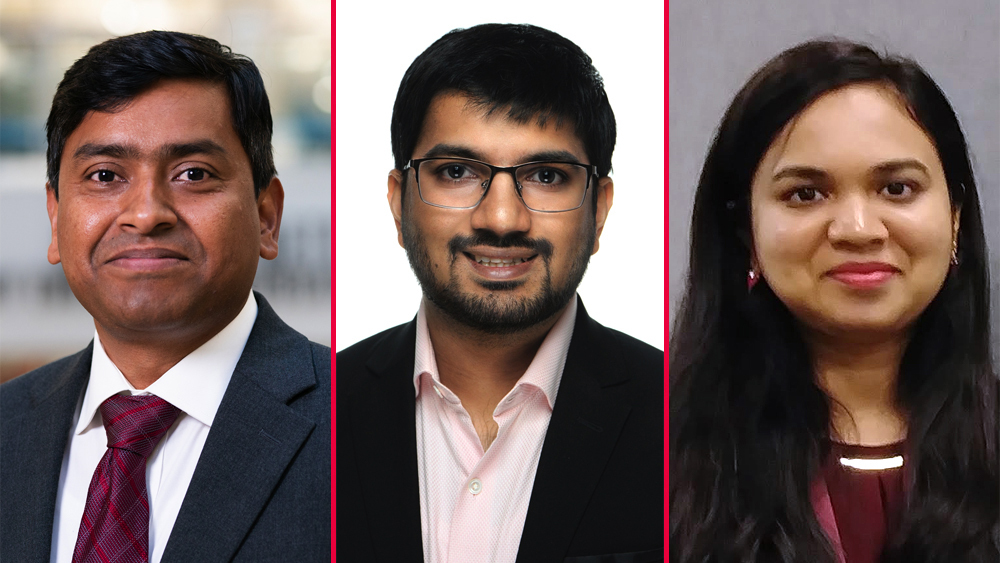
Courtesy of Dr. Faruque Hasan, Akhilesh Gandhi and Dr. Manali Zantye
Texas A&M University researchers have developed a computational model to study how to optimally integrate and operate batteries to store excess energy from renewable sources at individual power plants.
The findings of this study were published in the Energy and Environmental Science journal.
Energy sources such as solar and wind are not always available, but with the integration of batteries, it is possible to store excess energy when renewables are abundant so that they can be used when they are not being produced.
The research team was led by Dr. Faruque Hasan, associate professor and Kim Tompkins McDivitt ’88 and Phillip McDivitt ’87 Faculty Fellow in the Artie McFerrin Department of Chemical Engineering at Texas A&M. Hasan is also the assistant director of decarbonization at the Texas A&M Energy Institute. A significant portion of his research involves energy systems modeling, design and optimization.
“Energy storage is an important area of research in energy, and my group has been working in this energy space for the last several years,” Hasan said.
The research team included Dr. Manali Zantye, a former doctoral student in chemical engineering, and Akhilesh Gandhi, a current doctoral student who worked for nearly three years on the project.
“Working on this project gave me insight into how the battery technologies would be integrated into the grid in a cost-effective way,” Gandhi said.
For Zantye, it was one of the projects she worked on for her master’s and started with Hasan for her doctorate.
The idea was to investigate different energy storage technologies, such as lithium-ion and sodium-sulfur batteries and create mathematical models using differing technologies. They applied techniques from applied mathematics and optimization theory to design and optimize complex energy storage systems.
The researchers used a computer-based multiscale framework to better integrate batteries, which can help make renewable energy more reliable. They also examined the cost-effectiveness of making the energy grid more flexible.
The Texas A&M team collaborated with chemical engineering researchers from West Virginia University, who developed the initial dynamic models for several energy storage technologies.
“The collaborative working experience was good because of the different technical aspects that each research individual brought bought to the project,” Gandhi said.
The researchers looked at different levels of the battery system, starting from a single lithium-ion cell. They also studied the effect of cell-level dynamics on the overall system performance. Then, they determined the best way to integrate the batteries with power plants to make renewable energy more reliable. The framework also examined the trade-offs between the characteristics of the two battery technologies, such as cost, lifetime and storage duration, to determine the optimal integration strategies.
A case study in the state of California indicates that localized integration is cost-effective for greater grid flexibility. Lithium-ion batteries can mitigate the residual demand fluctuations of small to medium-sized plants, while sodium-sulfur batteries would be best suited for larger storage with higher renewable penetration. The scenario analysis also demonstrates the cost-effectiveness of combining batteries and renewables with individual fossil power plants in place of completely replacing fossil power with renewable energy to achieve a clean and reliable power grid.
“Collaboration is essential,” Hasan said. “They did their part on the dynamic models, we did our part on the system models, and then we have an integration.”
This article was written by Andrew Tineo and first appeared at: https://engineering.tamu.edu/news/2023/03/CHEN-decentralized-energy-storage.html

